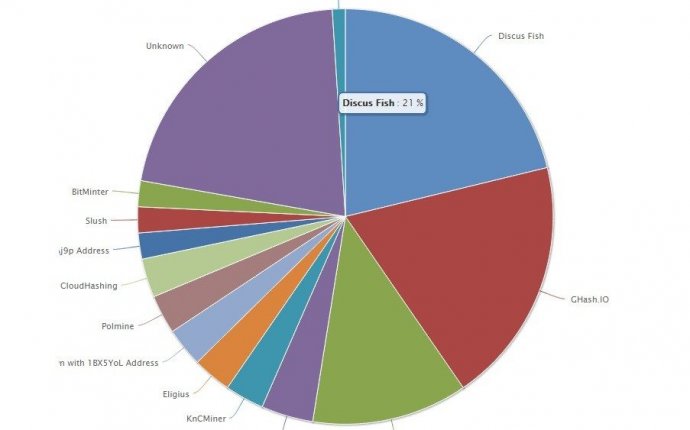
Bitcoin mining pool Charts
Mining bitcoin is a rather risky, high rewarding, process. Miners collaborate within the context of the so-called bitcoin mining pools, where they combine their machines’ processing power to earn relatively steady rewards. Whenever a pool’s participant succeeds in solving the puzzle, the earned coins are fairly distributed among all pool participants, according to their contributed computing power. Presently, there are numerous pooling strategies, i.e. ways for distribution of mining rewards, which are utilized for bitcoin mining.
A recently published paper presented a model of social welfare and utility for mining bitcoin, and similar mining algorithms, which relies on the hypothesis of discounted expected utility, as well as next studying pool approaches that can boost the miners’ social welfare. The main result of this study proves that one of the main pooling strategies that is actually being presently employed, the geometry pay pool, achieves the ideal steady state utility for bitcoin miners provided that its parameters are properly set.
Considering the infrastructure of bitcoin’s network, the ecosystem of bitcoin mining pools represents a group of seemingly ad-hoc pooling strategies with parameters of ad-hoc, and there is currently no consensus defining the optimal pooling mechanism. There are presently no published works regarding the optimal pooling strategies. Towards achieving this goal, the authors of the paper created a formal model for the utility of pooling strategies for mining/computing, and to establish the pooling strategy that can maximize bitcoin miners’ utility. The researchers demonstrated that for the most popular miners’ utility function, i.e. a power utility function, the geometric pool strategy represents the optimal strategy, provided that geometric pool’s parameters are properly set. As we mentioned earlier, the geometric pool is the strategy that is practically used, although it is not necessarily used with optimal parameters.
Not only do the results of this study apply to bitcoin mining pools, but also to other forms of cryptocurrency pooled mining and crowdsourcing computation processes, where the participating users collaborate in repeated random trials that aim at a common goal, and other procedures where partial solutions could be verified efficiently.
Future Work:
The authors of the paper will continue on researching pooling strategies. Even though mining pools’ incentive compatibility has been addressed in a number of studies, further research is needed to study this issue in details. They intend to work on experimenting if the optimal pool they created in this study is incentive compatible when an environment of competing pools is considered.









